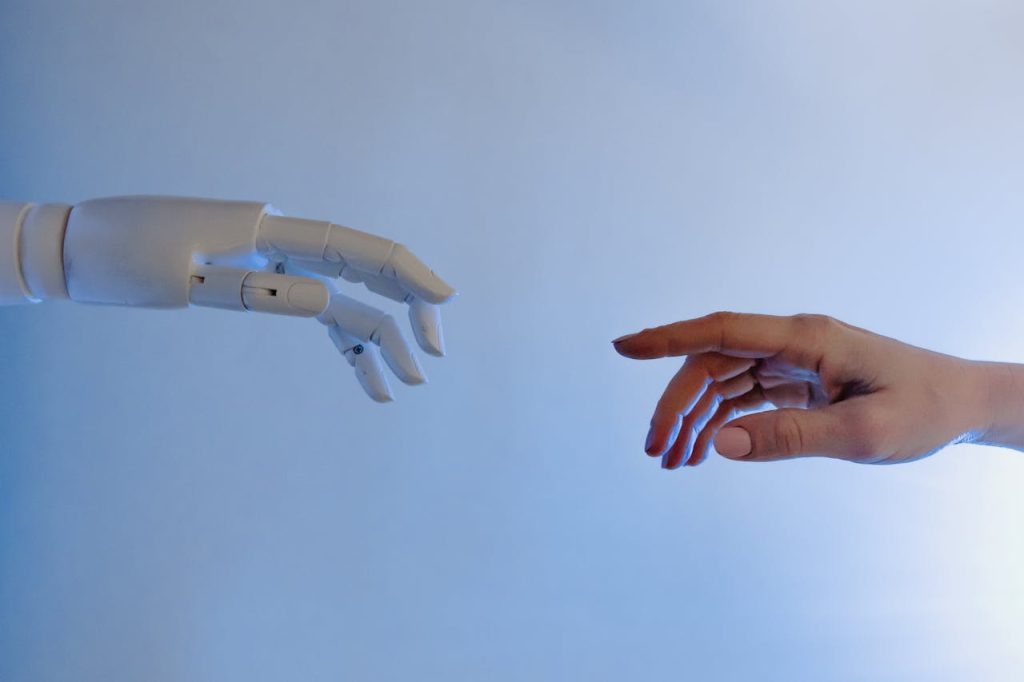As humanoid robots continue to make advancements, terms like “humanoid” and “android” often emerge in discussions. While these terms are used interchangeably at times, there are distinct differences between humanoid and android robots. In this article, we will explore the characteristics of both humanoid and android robots, unveiling the distinctions that set them apart and highlighting their unique contributions to the field of robotics.
Humanoid Robots: Resembling the Human Form
Humanoid robots, as the name suggests, are robots designed to resemble and mimic human characteristics. They possess physical features, movements, and behaviors that closely resemble those of humans. Humanoid robots are typically built with a head, a torso, two arms, and two legs, allowing them to navigate and interact with their environment in a manner similar to human beings. Their purpose is to create robots that can perform tasks and interact with humans more naturally.
Android Robots: Advancing the Human Replica
Android robots take the concept of humanoid robots a step further by aiming to replicate not only the physical appearance but also the behavior and cognitive capabilities of human beings. An android robot is designed to imitate human form and simulate human-like intelligence and emotions. While they may not be indistinguishable from humans, android robots strive to provide a more holistic human-like experience by combining physical resemblance with advanced artificial intelligence and cognitive abilities.
Key Distinctions: Appearance, Behavior, and Intelligence
The primary distinctions between humanoid and android robots lie in their appearance, behavior, and intelligence:
- Appearance
Humanoid robots focus on physical resemblance to humans, aiming to replicate human body proportions, movements, and gestures. They may have realistic facial features, expressions, and the ability to mimic human-like movements. Android robots take this a step further by creating a physical appearance that is more indistinguishable from humans, with lifelike skin textures, facial features, and other details. - Behavior
Humanoid robots strive to mimic human behavior to a certain extent, imitating gestures, movements, and social interactions. While they may exhibit human-like behaviors, their underlying cognitive abilities and emotional responses are typically limited. Android robots, on the other hand, aim to replicate not only physical behavior but also cognitive capabilities, such as understanding and responding to complex language, emotions, and social cues. - Intelligence
Humanoid robots often rely on pre-programmed behaviors and limited artificial intelligence algorithms to interact with their environment and perform tasks. They may possess basic decision-making abilities and the capacity to learn simple tasks. Android robots, however, integrate more advanced artificial intelligence systems, such as machine learning and natural language processing, to emulate human-like intelligence. They can understand context, process information, and adapt their behaviors based on experiences and interactions.
Applications and Future Implications
Both humanoid and android robots have applications across various industries and fields:
Humanoid robots find use in healthcare, education, entertainment, and customer service, where their physical resemblance and interactive capabilities enhance user experiences and facilitate human-robot collaboration.
Android robots have potential applications in advanced AI research, human-like companionship, and industries where highly realistic human interaction is desired, such as entertainment and virtual reality.
The future implications of humanoid and android robots are far-reaching. From enhancing human-robot collaboration to revolutionizing industries like healthcare and entertainment, these human-like machines have the potential to reshape the way we live, work, and interact with technology.
Conclusion: Advancing the Boundaries of Robotics
While the terms “humanoid” and “android” are often used interchangeably, there are distinct differences between humanoid and android robots. Humanoid robots focus on mimicking the physical appearance and behavior of humans, while android robots aim to replicate human-like intelligence and cognitive capabilities in addition to physical resemblance. Both types of robots contribute to the advancement of robotics, with applications across various industries and the potential to reshape the future of human-robot interaction.


This excellent website truly has all of the info I needed
about this subject and didn’t know who to ask.